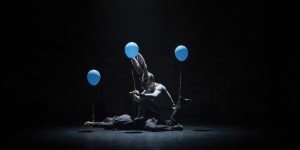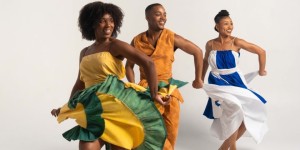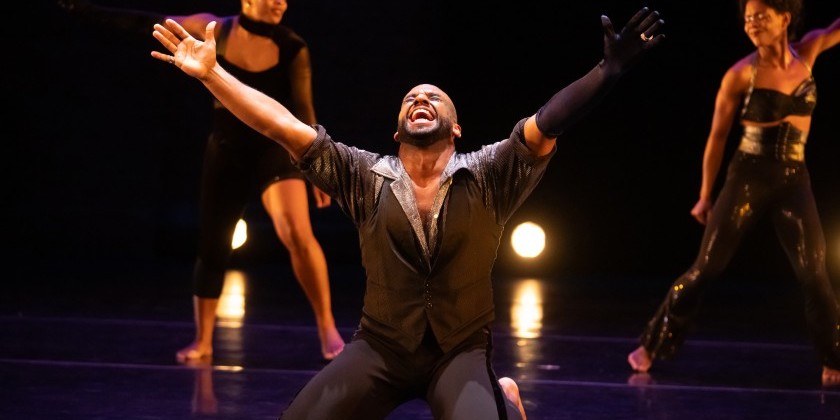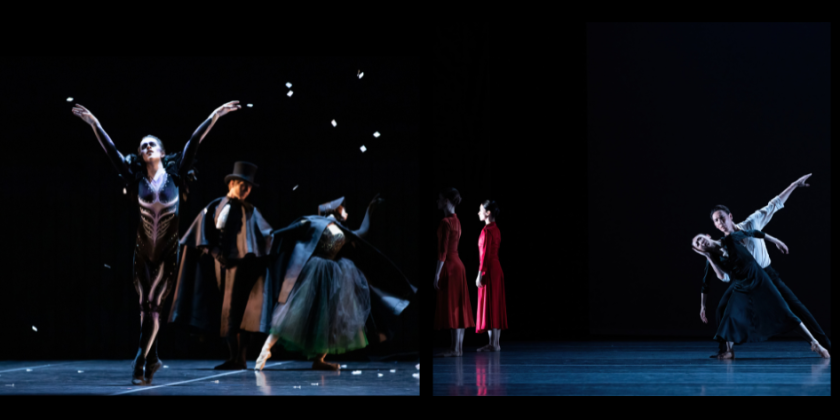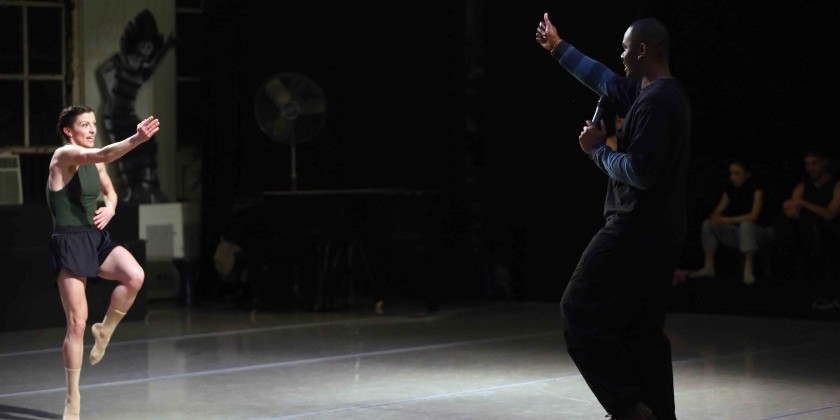IMPRESSIONS: Sankofa Danzafro in "Behind the South: Dances for Manuel" at The Joyce Theater
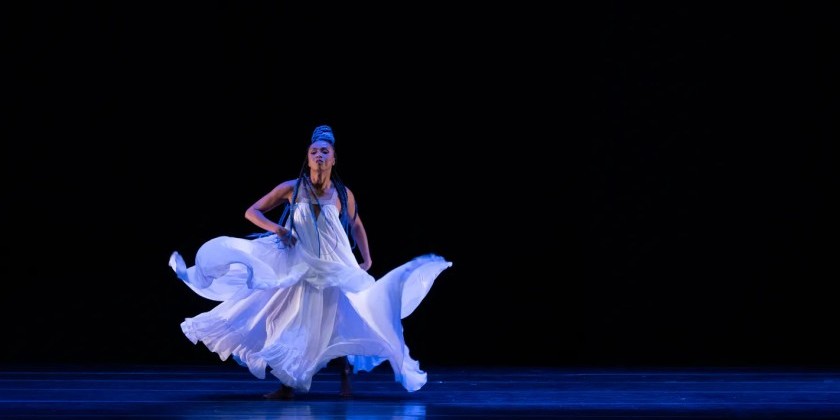
Sankofa Danzafro in Behind the South: Dances for Manuel
Choreographic Direction: Rafael Palacios Callejas // Choreographic Assistant: Yindira Perea Cuesta
Performers: Piter Alexander Angulo Moreno, Raitzza Castañeda Torres, Diego León de los Ríos Naranjo, Liliana Hurtado Hinestroza, Katerin Moreno Aguilar, Maryeris Mosquera Batista, Jhoan Andrés Mosquera Ibarguen, Sandra Vanesa Murillo Mosquera, María Elena Murillo Palacios, Estayler Osorio Fuentes, Yndira Perea Cuesta, William Camilo Perlaza Micolta
Musicians: Juan José Luna Coha, Gregg Anderson Hudson Michel // Lights And Set Design: Alvaro Tobón Hincapie // Costume Design: Diana Echandia
Research Advisor: Carlos Correo // Musical Composition: Juan José Luna Coha, Harold Enrique Tenorio, Kevin Leandro Cortes
February 27 - March 3, 2024
Summed up in a single word, Sankofa Danzafro’s Behind the South: Dances for Manuel is stunning! Audiences are immersed in a dream-like world recounting the journey of enslaved Africans to and throughout the Americas. The piece's perspective is inspired by the work of Colombian novelist Manuel Zapata Olivella in his Changó: the Biggest Badass, here adapted by choreographer Rafael Palacios Callejas.
For dance enthusiasts unfamiliar with the company, the meaning of Sankofa is "to return to the root" — an African philosophy that emphasizes the importance of learning about the past to understand the present so that we may build the future. Founded by Palacios Callejas in Medellín, Colombia in 1997, Sankofa Danzafro has made it its mission "to bridge the gap between the many African diaspora communities in Colombia along with other populations whose human rights have been violated."

In the novel, the reader learns about the capture of Africans forced into slavery; the infighting that occurred as a result of colonization and miscegenation; and the spiritual presence and power of the Orishas, Yemayá, Elegua, and Changó — the divine spirits central to the Yoruba religion of West Africa. These Orisha's gave guidance to their people during the rebellions that broke them from the grip of their oppressors.
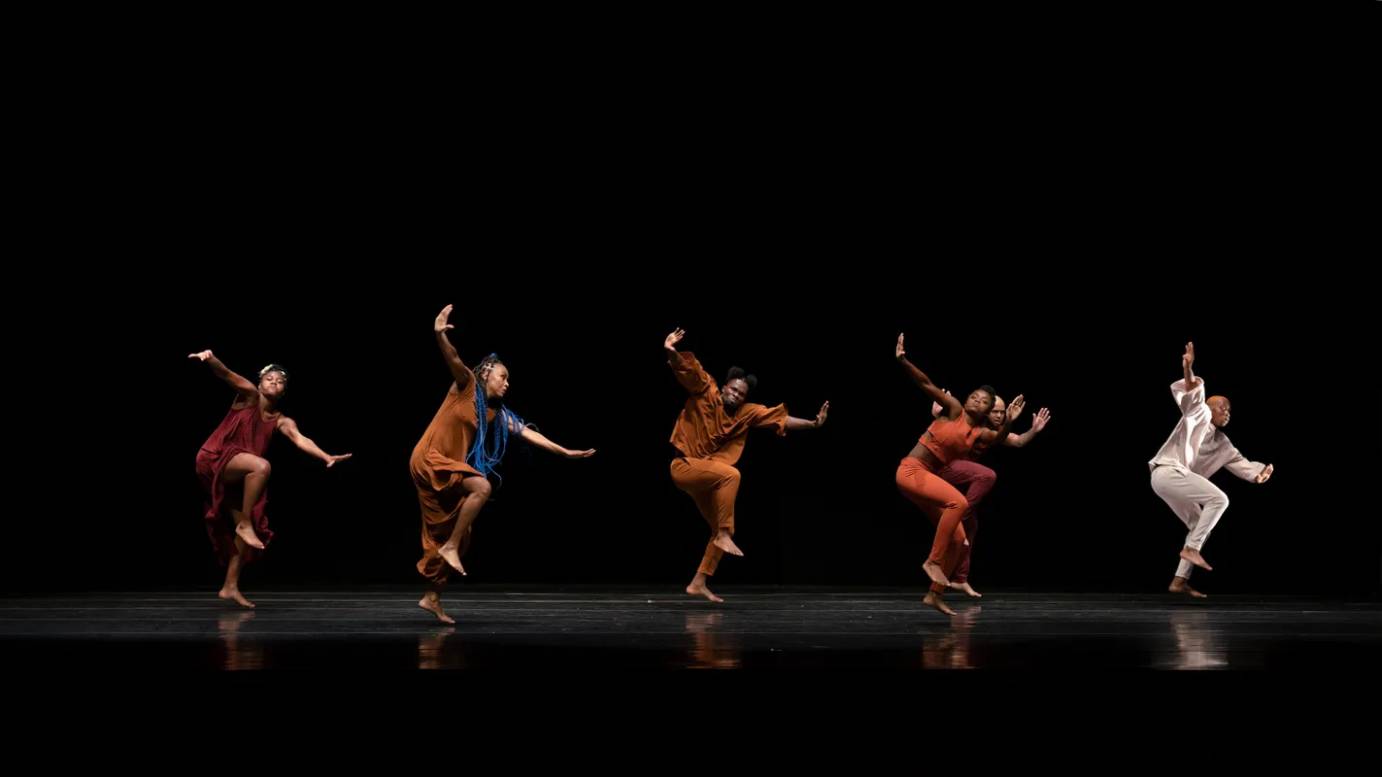
Behind the South: Dances for Manuel parallels Olivella's novel and celebrates the vital force of the muntu (the chosen African people) and their use of the dancing body and music rituals as a means of survival. Palacios Callejas has translated the fascinating novel into a vivid fever dream illustrating the African people’s will to survive and their reliance on the ancestral spiritual world. The work sheds light on oppressive power structures while allowing audiences to see liberation through the eyes of Afro-Colombians, and to experience the rich cultural aspects of the African diaspora.
As the curtain rises, the drummers create a rhythm that synchronizes with the images of fear flashing before my eyes. A dancer with arms shielding their head bursts onto the stage before falling to the floor, struggling to stand, and then sprinting away. Overcome with terror inspired by an unseen danger, two other dancers hold each other tight. The desperation in these first few moments speeds my heart rate. After several fleeing entrances and exits, the stage is cleared, the drums stop — stillness.

A pregnant woman wearing white — from a long flowing gown to a braided white rope trailing behind her — glides downstage with the air of a queen. She gathers her skirts and caresses her stomach as she undulates and writhes forward. Meanwhile, a man also wearing all white, enters. The collar around his neck is made of the same braided fabric as the woman's dress. He stands still as two militant figures clothed in red flank him.
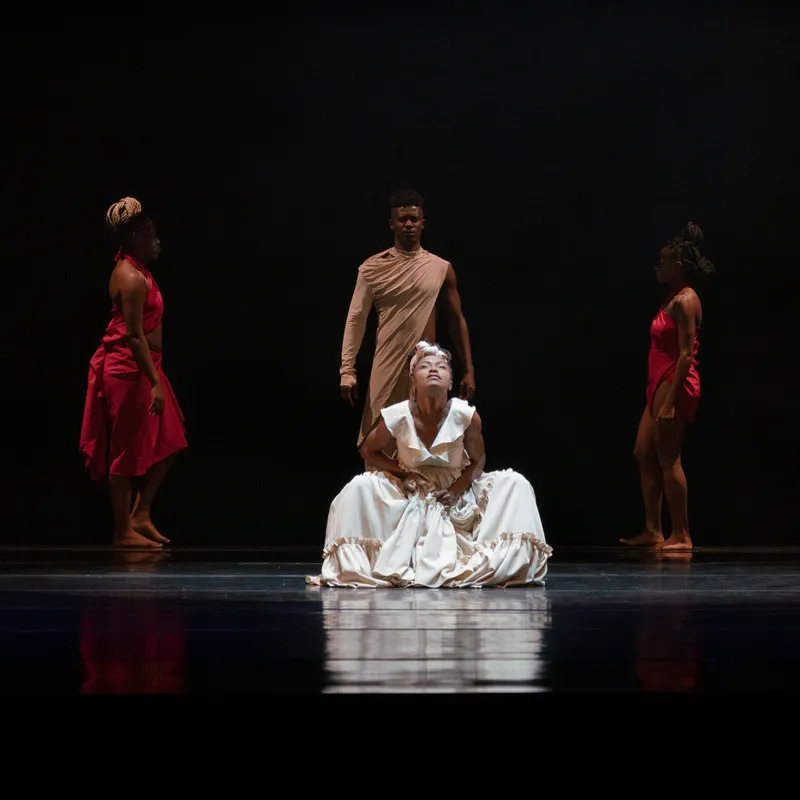
While I first likened the braided fabric to an umbilical cord, when seeing it around the man’s neck, I immediately thought of chattel slavery. At first, I imagined that the two dancers in red represented droplets of blood from a birth. Then I remembered the title of the prelude "The Children of Miscegenation" and wondered if these two dancers were referencing the mixing of blood between Africans and the colonizers. Rather than fighting to decide what this powerful, poetic imagery might represent, I accepted that all thoughts are possible. It is a birthing, there is blood, and slavery is a part of the story. Each moment is full and flutters between the present and the past. The woman unclasps the rope around the man's neck and he begins to convulse. Breaking out of his trance, he shakes the world around him awake.
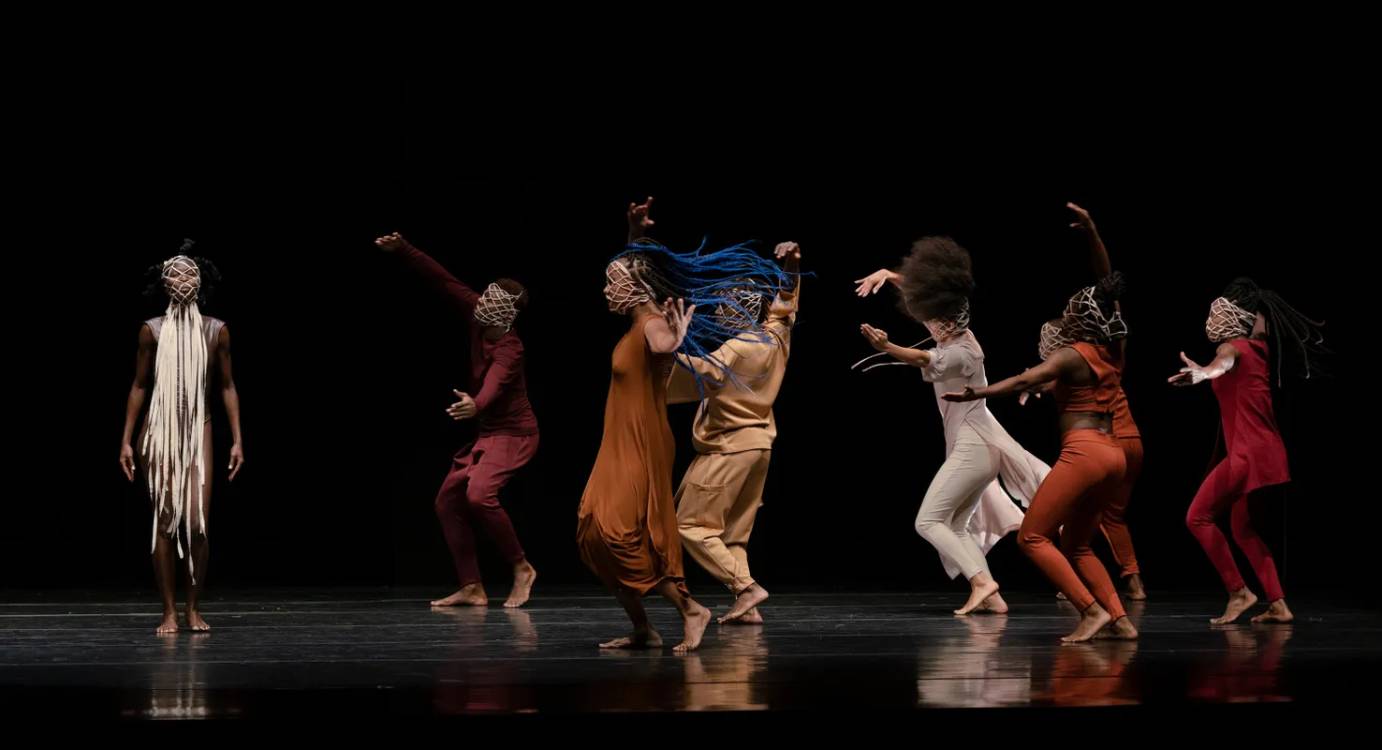
Another dancer who seizes my attention is a beautiful woman in brown. Sectioned braids rise from her crown and her face is covered by a tan fishnet mask. With an erect spine and hips that gently rock side to side with each step, she appears split between heaven and earth. Her upper body connects to the source above as her feet stamp a pathway on the ground. As the company swarms around her mirroring her shuffling footsteps, their pace quickens. She remains constant.
A couple in white defy gravity leaping into the air as if to touch the heavens. They land firmly only to take off again. In the interim, another pregnant woman cradling her belly walks through the buzzing crowd, her eyes fixed steadily on the horizon.
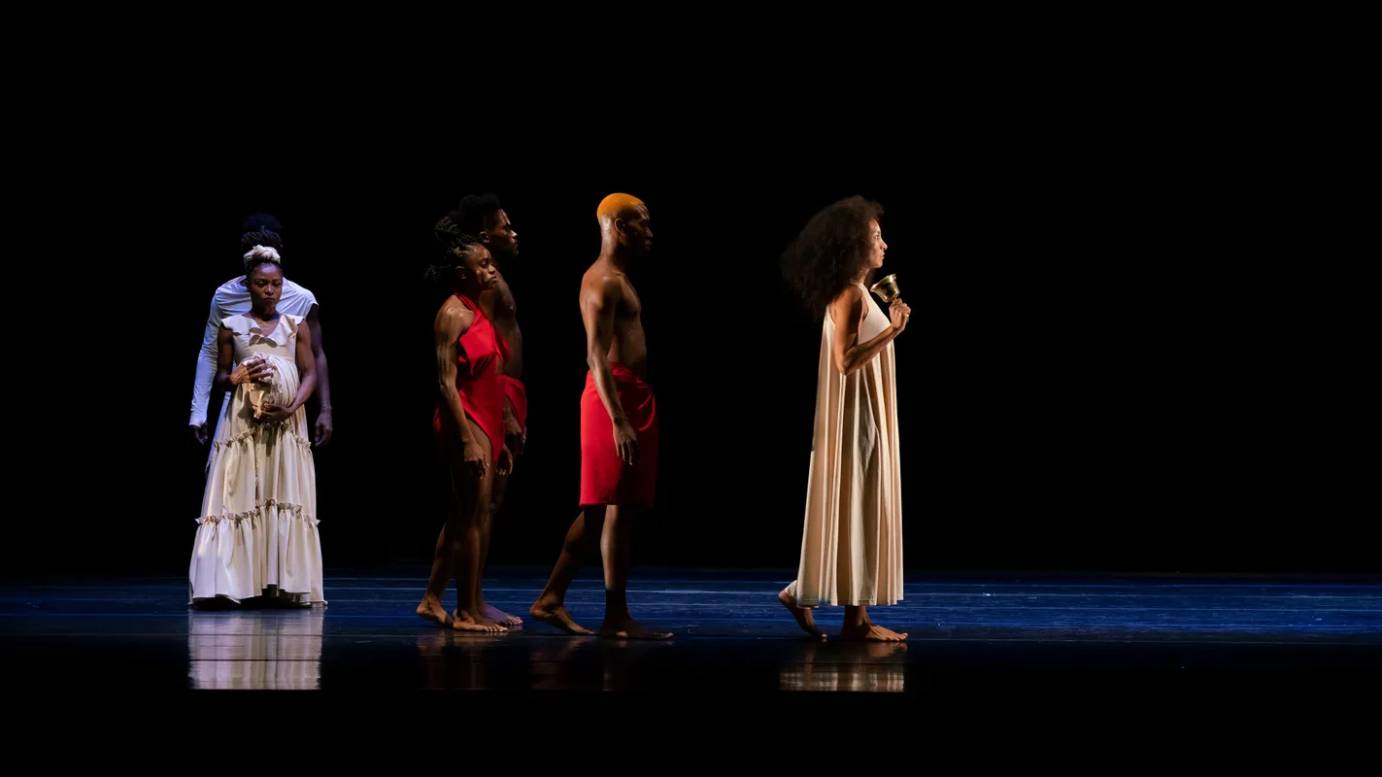
Sankofa Danzafro takes us to the root of traditional African theater highlighting the way dance and live music can transport, educate, entertain, and inspire community from one corner of the world to another. Here, verbal language is superceded.
If you, like myself, are unfamiliar with Orishas, the roots of traditional African Dance, or the literature of Manuel Zapata Olivella, Behind the South Dances for Manuel is a wonderful gateway. I am encouraged to continue learning Spanish, to read more, and to explore dance as revolution.






